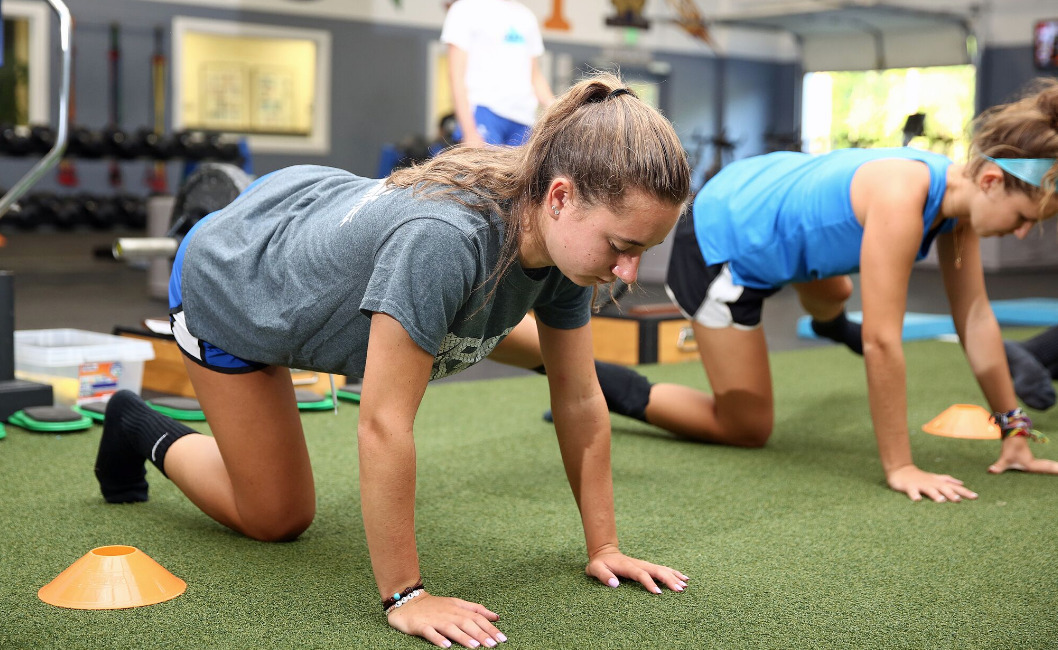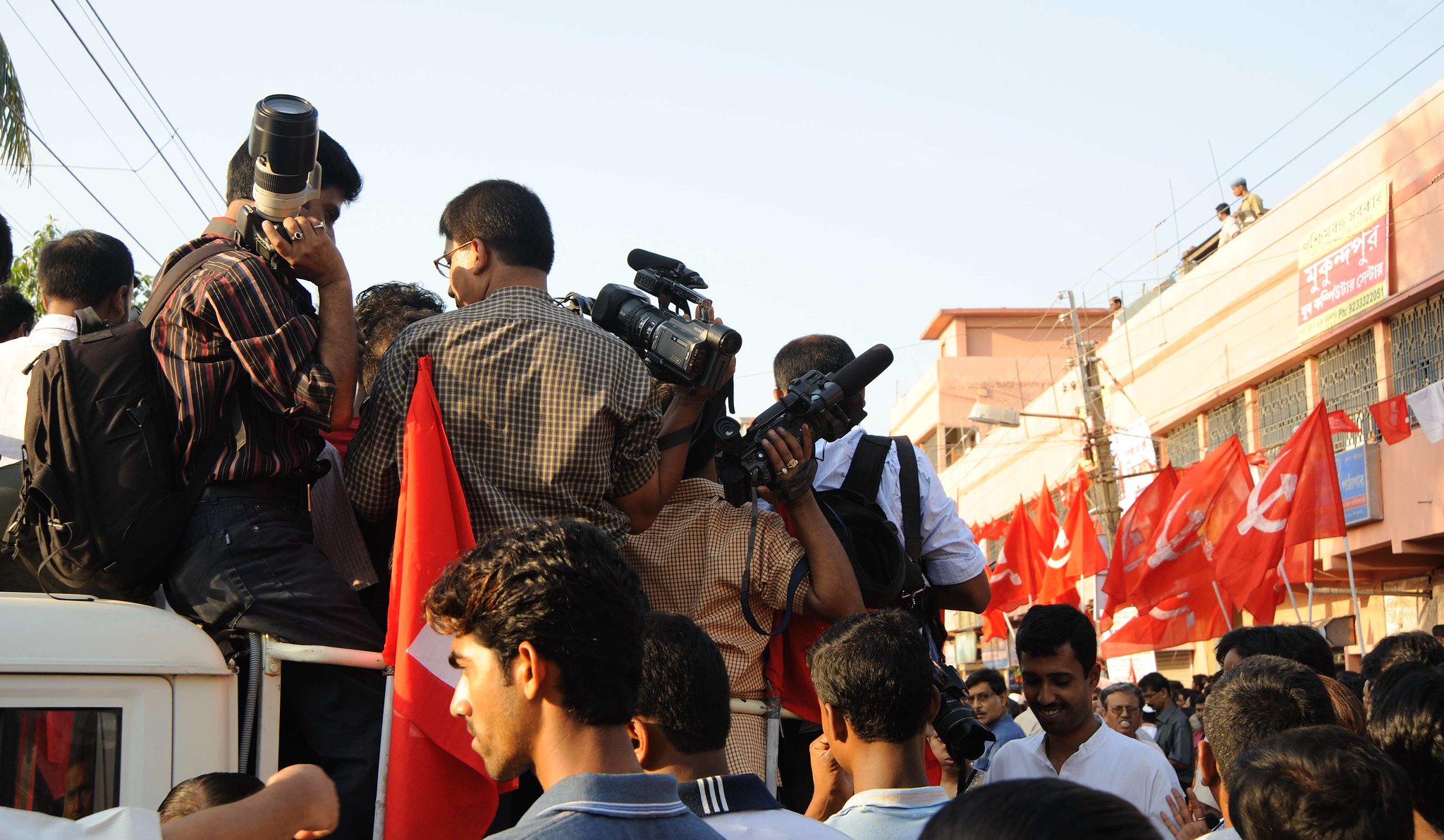When it comes to athletic performance, how you start determines how you finish. Warm-up routines are more than just a way to get your blood flowing—they're a game-changing strategy for boosting speed, strength, mental focus, and injury prevention.
Whether you’re a weekend runner or a competitive athlete, skipping your warm-up can cost you performance and health. In this blog, we’ll explore how to design an effective warm-up routine that activates your body, sharpens your mind, and primes you for peak performance.
Why Warm-Ups Matter (More Than You Think)
A good warm-up does three critical things:
Increases blood flow to muscles
Prepares the nervous system for quick responses
Mentally transitions you into competition mode
Without it, you're more likely to experience:
Poor coordination
Muscle strains or sprains
Mental sluggishness
Underperformance
Think of it like starting a car on a winter morning—you don’t hit top speed cold. You warm it up for a smoother ride.
3 Phases of a Game-Changing Warm-Up
Elite athletes structure their warm-ups into three intentional phases. You can do the same to maximise results.
🔥 Phase 1: General Warm-Up (5–10 Minutes)
This phase gets your core temperature up, raises your heart rate, and activates blood flow to muscles.
🟢 Best Exercises:
Jogging or skipping
Light stationary bike
Jumping jacks
High knees
Arm circles or leg swings
🧠 Pro Tip: Keep it light but rhythmic. You’re not burning energy here—you’re preparing your engine.
💡 Optional Add-on: Use a foam roller before this phase to reduce muscle tension and improve mobility.
⚡ Phase 2: Dynamic Stretching & Activation (5–10 Minutes)
Static stretching (holding stretches) used to be popular, but now athletes know that dynamic movements are better for pre-game prep.
Dynamic warm-ups improve flexibility, joint mobility, and explosive movement, all while keeping your body alert.
🟢 Best Exercises:
Walking lunges with twists
Leg swings front-to-back and side-to-side
Arm swings across the chest
Hip openers
Toy soldiers (high kicks with opposite hand tap)
Inchworms
This is also a great time to activate key muscle groups like the glutes, core, and shoulders.
🧠 Pro Tip: Use resistance bands for a few glute bridges or side steps to fire up your hips—great for runners, footballers, and lifters.
🎯 Phase 3: Sport-Specific Drills (5–10 Minutes)
Now that your body is warm and mobile, it’s time to simulate actual game or training movements. This phase helps your nervous system adapt to the specific demands of your sport.
🟢 Examples:
Basketball:
Quick lateral shuffles
Defensive slides
Fast footwork drills
Layup or shooting form drills
Soccer/Football:
Cone dribbles
Sprint starts
Passing or shooting drills
Track & Field:
Acceleration runs
Bounding
Hurdle mobility drills
Weight Training:
Empty-bar warm-up sets
Band pull-aparts
Shoulder circles for pressing days
🧠 Pro Tip: Keep the intensity around 60–80% of maximum effort. You want to ramp up, not wear yourself out.
Warm-Up Routine Example (Total: 15–20 Minutes)
Here’s a simple all-around warm-up you can do before any athletic activity:
🕐 1. General Warm-Up (5 min):
Jog in place or light jump rope – 2 mins
Jumping jacks – 1 min
Arm swings and circles – 2 mins
🧘 2. Dynamic Stretch & Activation (7 min):
Leg swings (front and side) – 1 min
Walking lunges with rotation – 2 mins
High knees & butt kicks – 1 min
Glute bridges + banded side steps – 3 mins
🏃 3. Sport-Specific Drills (5–8 min):
3 × 10m acceleration runs
Quick feet on the ladder or cones
Short sprints or agility cuts
Adjust the third phase to suit your sport!
Mental Benefits of a Warm-Up
Warm-ups aren’t just about physical prep—they also prepare your mind for performance.
Benefits include:
Increased focus
Improved reaction time
Boosted confidence
Reduced mental tension or anxiety
🧠 Pro Tip: Add a mental ritual into your warm-up, like repeating a mantra (“I’m ready”) or visualising your performance.
Common Warm-Up Mistakes to Avoid
❌ Skipping warm-up entirely
❌ Static stretches before intense movement
❌ Rushing through just to “get it over with”
❌ Using warm-up as actual training (don’t fatigue yourself!)
❌ Not warming up the specific muscles or joints your sport relies on
🧠 Remember: A rushed warm-up leads to a rushed performance.
Elite Athlete Warm-Up Secrets
🏅 LeBron James: Starts with dynamic movements, resistance bands, and visualization
🏅 Cristiano Ronaldo: Always warms up with high-intensity short drills and ball control
🏅 Simone Biles: Focuses on core stability and balance before floor routines
🏅 Usain Bolt: Long warm-up with gradual build-up to explosive sprint drills
They don’t just warm up physically — they warm up strategically.
Conclusion: Warm Up to Win
A game-changing warm-up isn’t complicated—it’s intentional, structured, and personalised. When done right, it can:
✅ Boost your performance
✅ Reduce your risk of injury
✅ Sharpen your focus
✅ Set the tone for success
Whether you're stepping onto a football field, basketball court, or lifting platform, start strong by warming up smart.
Because great performances don’t begin at the whistle—they begin in the warm-up.
Explore More:
👉 Check out our other posts on:













Recent Comments
No comments yet.